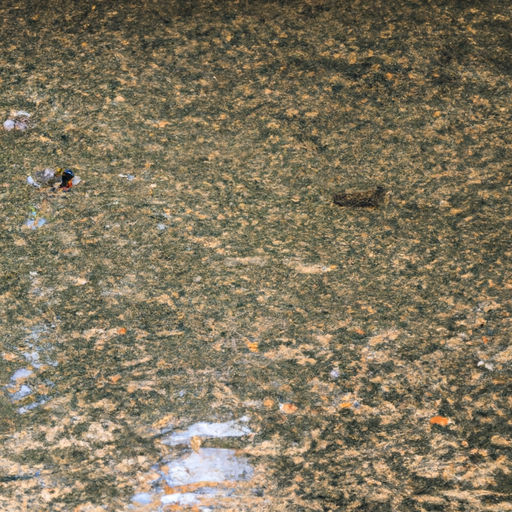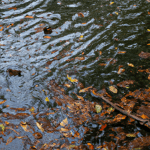Introduction
Have you noticed that your once clear and pristine pond has turned into a murky mess? If so, you’re not alone. Many pond owners experience the frustration of muddy-looking water in their ponds. In this article, we will explore the various culprits behind murky pond waters and provide insights into how to address this issue effectively.
1. Sediment Buildup
One of the primary reasons for a muddy-looking pond is sediment buildup. Over time, organic debris, leaves, and other particles settle at the bottom of the pond, creating a layer of sediment. When disturbed, this sediment can cloud the water, giving it a muddy appearance. Regular maintenance, such as removing debris and silt, can help prevent sediment buildup and keep your pond water clear.
2. Algae Blooms
Algae blooms are another common cause of murky pond water. Algae are microscopic plants that thrive in nutrient-rich environments. Excessive nutrients, such as nitrogen and phosphorus, can lead to an overgrowth of algae, turning the water green or brownish. To combat algae blooms, consider adding aquatic plants that compete for nutrients or using algaecides specifically designed for ponds.
3. Fish and Wildlife Activity
The presence of fish and wildlife in your pond can also contribute to muddy-looking water. Fish stirring up the sediment at the bottom, waterfowl feeding or bathing, and other wildlife activities can all disturb the pond’s ecosystem and cause the water to become cloudy. Creating designated areas for fish and wildlife, such as shallow shelves or islands, can help minimize their impact on water clarity.
4. Poor Filtration and Circulation
Insufficient filtration and circulation can lead to poor water quality and contribute to a muddy appearance. A well-designed filtration system, including mechanical and biological filters, can help remove debris and maintain water clarity. Additionally, installing a fountain, waterfall, or aerator can improve water circulation, preventing stagnation and reducing the likelihood of muddy water.
5. Weather Conditions
Weather conditions, such as heavy rainfall or prolonged periods of hot weather, can also affect pond water clarity. Rainwater runoff can introduce sediment and pollutants into the pond, while high temperatures can promote algae growth. Monitoring weather patterns and taking appropriate measures, such as installing a rain garden or using shade structures, can help mitigate these effects and keep your pond water clear.
Conclusion
A muddy-looking pond can be a source of frustration for pond owners, but understanding the underlying causes can help you address the issue effectively. By addressing sediment buildup, managing algae blooms, considering fish and wildlife activity, improving filtration and circulation, and monitoring weather conditions, you can maintain clear and beautiful pond water. Remember, regular maintenance and proactive measures are key to keeping your pond looking its best.




